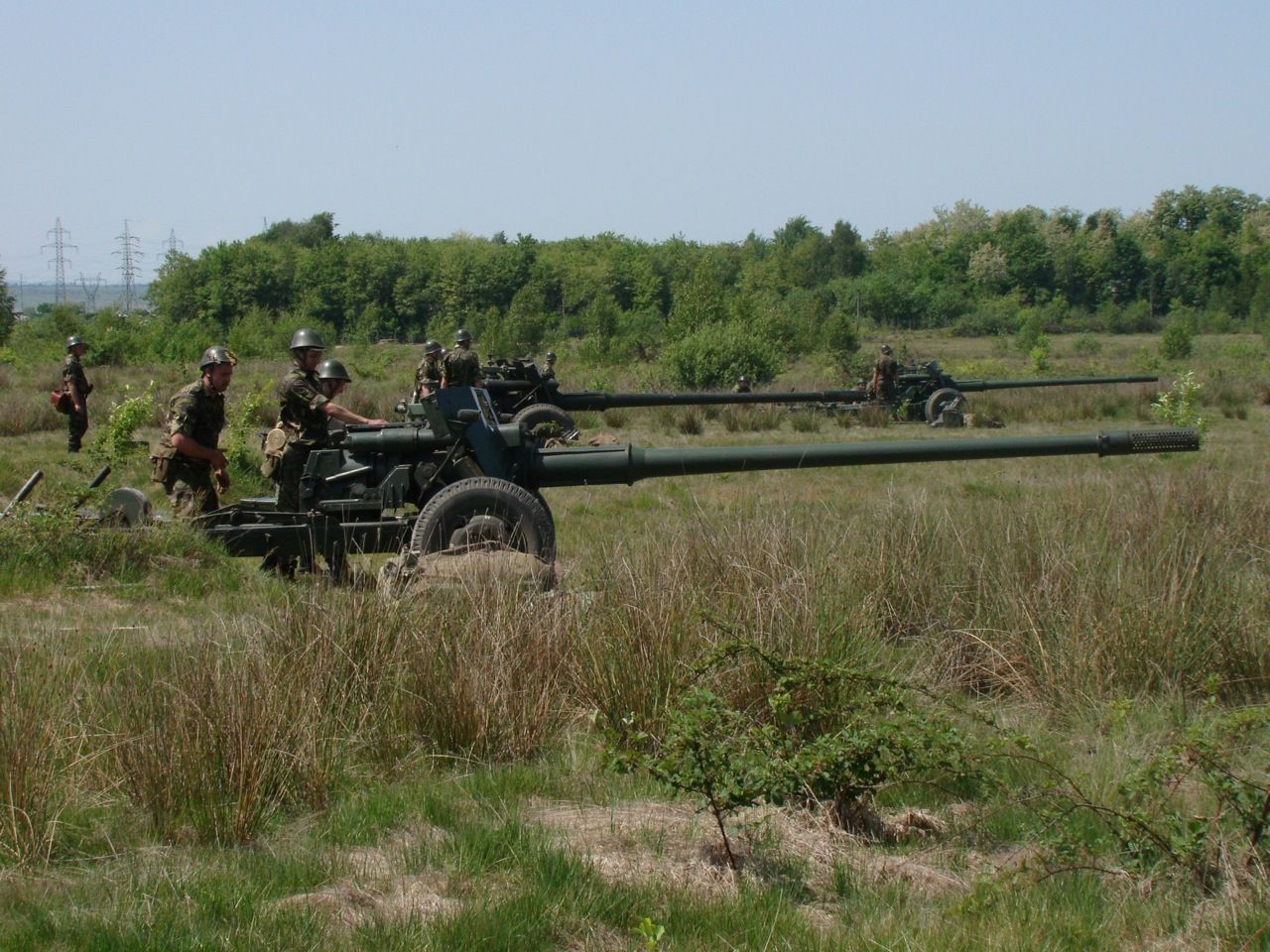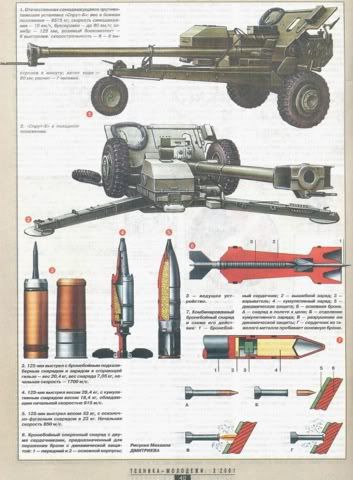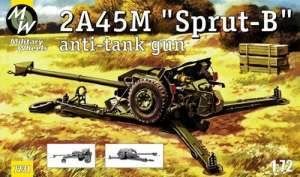The choice for modelling FV 432s in 20mm is somewhat limited, Cromwell do a very nice little version in 1/76 which includes variants for the gulf wars, and up armoured versions as deployed in Iraq and they produce the only variant with the Peak GPMG turret. in 1/72 Britannia make one either with the Mortar hatches open for use as an 81mm Mortar or 120mm Wombat variant or with the mortar hatches closed for a standard infantry models which of course can provide the basis for a range of conversion opportunities.
Other useful supplies to consider include BW models range of highly useful stowage items ranging from, weapons and ammo boxes through to chieftain stowage bins which were regularly added to FV 432s for additional stowage.
Decal sets, useful for cold war British can be found in TL Modelblau's 1/87 military range and BW models decal range.
The Model
The model is a single piece casting which is instantly recognisable as the FV432. The exhaust system on the right hand side of the vehicle marks the vehicle as a Mk 2, the petrol driven Mk1s had the exhaust mounted on the roof. The exhaust is well represented as are the mortar hatches on the top of the vehicle although these are quite thick. The commanders cupola can be modelled with the hatch open or shut but the drivers hatch is fixed open. On the left side of the vehicle the hatches that give access to the NBC pack are represented and on the front the engine access hatch and light clusters are well done. The smoke grenade discharger units are of the wrong type. The Rear door and stowage bins are good however the fire extinguishers mounted on the rear door are very basic.


The models surface usually contains a number of bubble defects but most of these can be rectified with filler, the worst damage any of mine have arrived with is a broken driver figure which is part of the resin casting, it requires a reasonable amount of effort to clean up and replace.
Variants
For my 1980's battle group I have built some 432s with the Peak GPMG turret which I scratch built from card stock.
Those I am using as Milan vehicles I have just stowed.
The one which I use for an FOO I have represented a NOD B Christmas tree.
The Battlegroup HQ wagon will be represented with the framework for the rear "penthouse" extension welded in place. Jez on the guild has produced a rather nifty version with a Cymbline mortar locating radar on top. Other challenging projects could include a FV438 Swingfire launcher, Ranger anti personal mine layer, FV 432 with Fox armoured car turret (S&S models do a Fox)
Painting
The vehicles are undercoated black, then painted with Vajjello Russian Uniform, this is then liberally washed with GWs badab black, the panels are then picked out and the the Camouflage pattern painted on.
British vehicles of this period were spray painted generally but frequently touched up by hand, patterns could have both a hard and soft edge. The panels on the black painted areas are brought out using Vajello black grey.
The detail is then painted, light clusters primarily before all detail areas were pin washed with badab black then dry brushed using a mix of Russia uniform and Buff or Iraqi sand.
Tracks are initial painted in a Red Brown then dry brushed with a light grey, and track pads are painted in in black grey.
Decals were then applied and fixed using gloss and mat varnish before the weathering was applied which included washes of Khaki, Khaki drab and a dry brush of either colour mixed with Iraqi sand.
The model represents the character and look and feel of the vehicle well and is a robust rendition of this key British vehicle that provides a critical component of any 1980's UK force.
Since this post was written S&S models have released an FV432 and a Peak turret, the Peak turret is sold separately so could be used in conjunction with the Britania FV432s which are modelled with the floatation screens removed.









